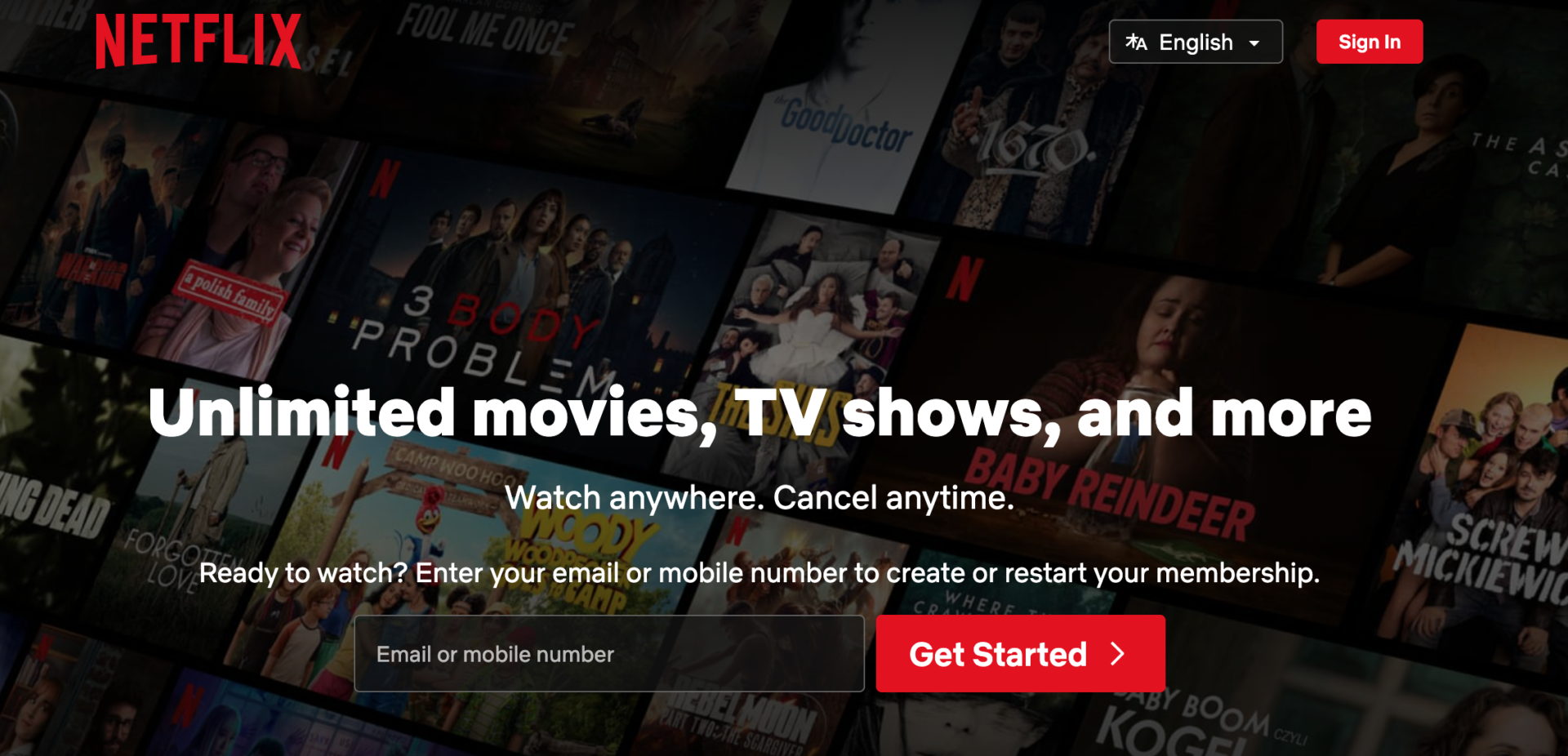1. Understand Your Target Audience
To craft content that genuinely resonates, it's essential to grasp your audience's needs, preferences, and challenges. Employ demographic analysis, customer feedback, and persona creation.
Airbnb is renowned for its ability to deeply understand and cater to its diverse user base, which includes both hosts and travelers. This understanding is reflected in their personalized recommendations and diverse property listings that cater to different preferences and budgets. They utilize a sophisticated algorithm that analyzes user behavior, previous bookings, search patterns, and feedback to provide tailored suggestions.
2. Clear and Concise Messaging
Given today's brief attention spans, clarity and brevity in messaging are crucial. Employing headings, bullet points, and concise paragraphs can make content more navigable and engaging. Whether it's a social media post, an email, or a web page, keep your content short and to the point. Users are more likely to engage with content that is easy to understand.

3. User-Focused Copywriting
Prioritize copywriting that aligns with user interests and addresses their problems. Incorporating testimonials and stories can enhance engagement and conversions.
Evernote uses its platform to showcase how it solves everyday problems related to organization and productivity. Through user stories and testimonials, Evernote demonstrates real-world applications of its features, such as note-taking, task management, and document storage. This user-focused copywriting helps prospective users understand the practical benefits of Evernote, making it easier for them to see the value of the service.
4. Visual Content
Leveraging visuals like infographics, videos and images can effectively enhance user engagement, making your content more compelling
For example, infographics are a powerful tool for presenting complex information in an easy-to-understand format. They combine data and visuals to tell a story, making it easier for users to absorb and remember the information.

Infographics in neptune.ai
5. Readability and Accessibility
Ensure content is legible and accessible to all users, including those with disabilities, by adhering to WCAG standards and optimizing font size and contrast.
Google's commitment to accessibility and usability is evident across its products and services. By adhering to WCAG standards, Google ensures its content is accessible to a wide range of users, including those with disabilities. Their clean, simple design and user-friendly interfaces across platforms like Google Search and Google Docs make complex technology accessible to the everyday user.
6. Consistent Brand Voice
Clearly define your brand voice by identifying your brand’s personality, values, and tone. Determine whether your voice is professional, friendly, humorous, authoritative, etc. This definition should align with your brand's mission and the expectations of your target audience. Ensure that your brand voice is consistent across all communication channels, including your website, social media, email marketing, advertisements, and customer service interactions. This creates a unified brand experience for users.
7. Calls to Action (CTAs)
Effective CTAs guide users towards taking the desired actions, using vibrant colors and strategic placement to improve visibility and effectiveness.
Netflix employs highly visible and compelling CTAs that encourage users to sign up or start a free trial with minimal hassle. It has revolutionized the entertainment industry with its user-centric approach to content delivery. By leveraging big data and machine learning, Netflix analyzes viewing habits to recommend shows and movies that keep users engaged. Their algorithms consider factors like viewing history, user ratings, and even the time spent browsing.

8. Regular Content Updates
Keeping your content fresh and updated engages users and boosts your site's SEO rankings. Adding a blog or news section can be beneficial.
HubSpot is a leader in inbound marketing, providing tools that help businesses attract, engage, and delight customers. Their regular content updates are a cornerstone of their strategy, utilizing a blog offering a wealth of marketing, sales, and customer service resources. HubSpot's content is tailored to different stages of the buyer's journey, ensuring relevance and value to readers at any point.
Conclusion
The strategic refinement of website content is critical for enhancing user interaction and achieving business objectives. By employing these proven methods and learning from leading industry examples, you can develop a website that attracts and retains user interest.
Need assistance in strategizing and optimizing your website content? Fooz is here to help. Through our digital strategy support and SEO services, we help you go the distance.

